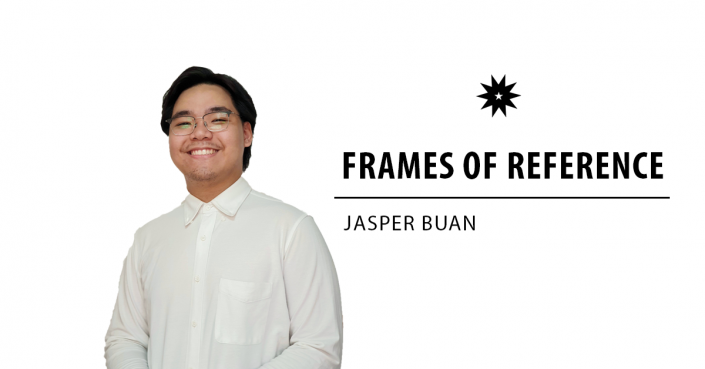
Last April, Netflix released Heartstopper, the long-awaited adaptation of Alice Oseman’s webtoon-turned-graphic novel of the same name. Despite flying under the radar for the first few days of its release, Heartstopper would go on to gain critical acclaim from critics and audiences alike.
Subsequently, fans propelled the show—and everything in its orbit—into a meteoric rise both on and offline. On Instagram, the show’s cast gained millions of new followers practically overnight. Hashtags related to the show populated Twitter’s trending tab for weeks on end. All four volumes of the graphic novels were flying off bookstore shelves. Heartstopper was in the spotlight.
Admittedly, I also got caught in Heartstopper’s whirlwind. The day after it dropped, I had already binged all eight episodes. I was completely engrossed in Oseman’s world and characters—and in the young queer joy she crafted out of them. Having consumed a veritable library of queer media myself, there was something special about Heartstopper. Others saw it too: in the show’s wholesome framing, its authentic depiction of figuring out one’s sexuality, and its refusal to tread tired and traumatic queer tropes.
That is not to say, of course, that Heartstopper’s world is utopian: it’s decidedly not so. The show’s characters still face discrimination and stigma but it refuses to focus solely on these hardships. Instead of erasing the struggles of being queer, it addresses them in a mature and lighthearted manner. Heartstopper doesn’t rely on tragedy as a crutch to move the plot forward and I, for one, am thankful that we get another piece of queer media that anchors itself on queer happiness.
Likewise, compared to other queer shows of the same caliber, Heartstopper stands out as lacking the sex, drugs, angst, and alcohol of its peers. It’s not often that you’ll find a show about queer teens acted by real teenagers that teenage audiences can actually watch. This is, of course, not to say that sex, drugs, angst, and alcohol don’t belong in queer media. Rather, it’s to point out a hole in the demographics that queer media tends to cater to. Queer romance and relationships have long been seen as overtly sexual and Hearstopper gives young queer kids and teens an important view of relationships outside of sex.
This is doubly important because many queer teens, myself included, have never had non-sexual queer content growing up, and it’s easy to end up with a warped sense of what love and relationships are actually like when some of your first exposures to queerness in film are Brokeback Mountain and Blue is the Warmest Color. But I’m not harping on these films because they have a lot of sex scenes. What I’m trying to get at is that wholesome and sweet queer shows are just as important as gritty, sexual dramas.
In fact, Heartstopper’s wholesomeness is one of its major charms for older queer viewers. For them, the show is a window into the years that never were—letting them experience, if only vicariously, what could’ve been if they’d been born a few decades later. It might not sound revolutionary now, but Heartstopper existing as a show that embraces and affirms queerness is nothing short of alien for people who’ve been told their whole lives that their queerness is a disease to be cured or a sin to be forgiven.
It’s not surprising, then, that so many queer people, myself included, have reported feeling a strange longing, melancholy, or even envy upon finishing the show. We’re painfully aware that it’s just fiction—that we’ll most likely never experience the way that Nick loves Charlie, Tara loves Darcy, or Tao loves Elle. Then again, it’s normal to mourn for our past selves and past aspirations—for experiences we never got to have.
No matter how progressive our local bubble of social media spacetime may seem, we shouldn’t forget that not every family is as accepting as Nick’s or Charlie’s, nor can everyone come out. That’s why we don the colors and wave the flags—we celebrate Pride for ourselves and for those who can’t. And despite how far we’ve gotten, there’s still a ways to go. To queer the future, we must start with the now: with SOGIE-inclusive education, better non-discrimination laws, and comprehensive equality reforms. We also need more media like Heartstopper—made with heart by queer people for queer people, because it seems that the best way to get rid of bad representation is to write the script ourselves.
